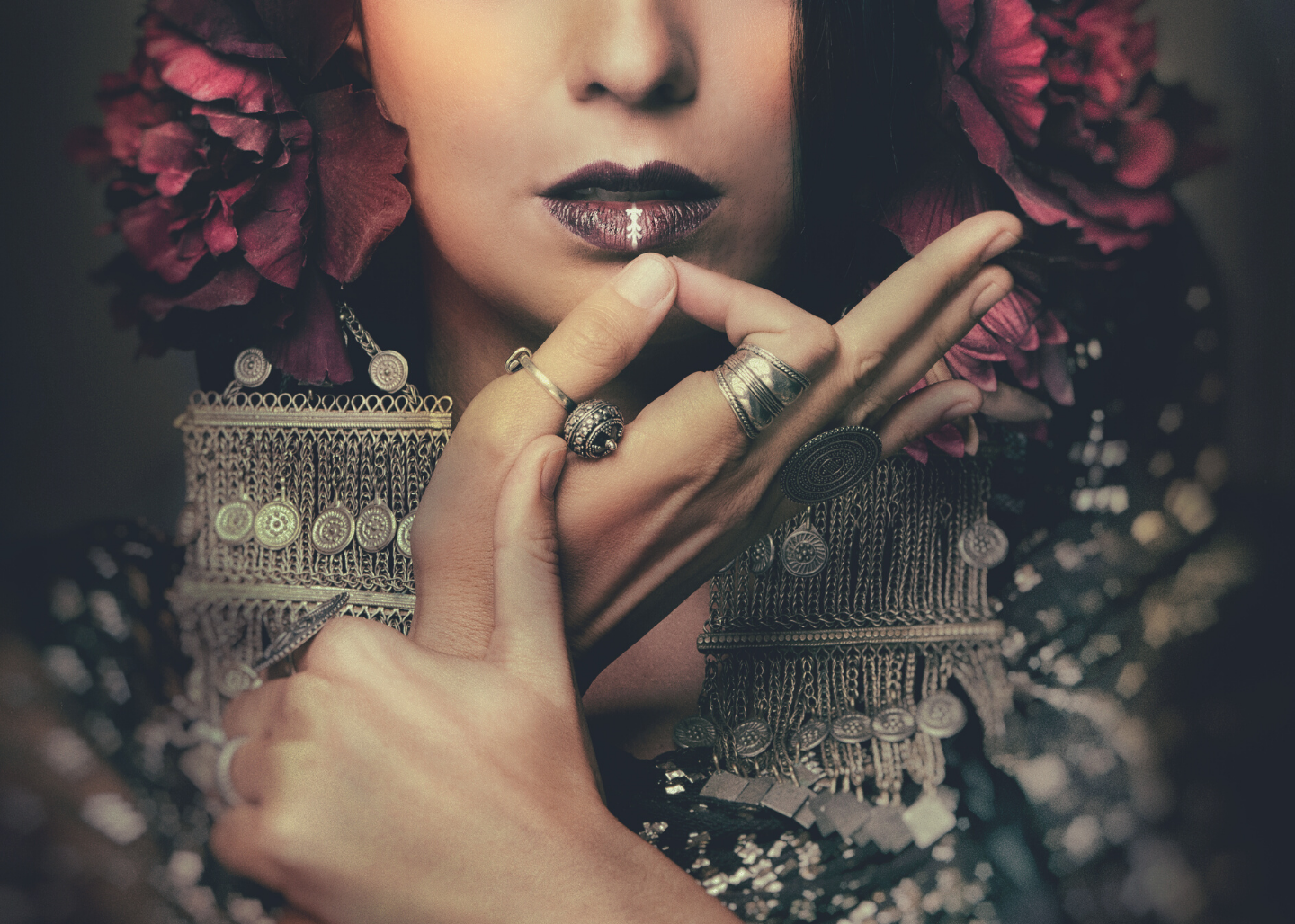
Mudras: Indian fusion dance is the last one of a Trilogy of posts on my blog aimed to help you work on subtle tricks, which will give your fusion a special India touch, and at the same time remind of her beautiful sculptures.
Mudras are gestures carried out with hands. In India, they are both part of the daily and sacred dimensions. Some mudras are so earthy and they express “I need to pee”, while others can be used to represent a divinity itself.
In India talking with the hands is pretty literal 😉
Back to the Indian Fusion trick trilogy, let’s finish today’s proposal by adding three mudras to the combination:
The first mudra we are going to learn is ARALA. Put your thumb and your index finger together, it’s the well-known OK sign.
It has a big variety of meanings. Some of them are drinking or pouring, putting on some adornments…
The second mudra we are dealing with, KATAKAMUKHA, is a bit more complicated.
This is how it’s done: surround the edge of your thumb with your index finger (put your thumb together with the palm of your hand). Bend the middle finger and touch your palm with your fingertip. Your ring finger will be totally straight pointing forward, and the little finger will be pointing upwards. Be patient! This mudra takes some time.
As for its meaning, there are several different ones, among them catching a flower, covering with veil, playing an instrument…
Finally yet importantly, we are going to use PATAKA MUDRA. This one is very easy: all the fingers touching one another. Its literal meaning is flag. Other meanings are blessing, waves, silence…
Let’s join these mudras in an exercise:
As you can see, the exercise starts with arala, then changes to katakamukha, and finally turns into pataka.
Also, if you feel comfortable, you can try to do this exercise together with the previous two: neck and principle of opposites.
My recommendation:
Visit my online classroom if you want to study with me, and subscribe to my newsletter to keep up with all the news.
Thank you for joining me up to here.
For three days, my entire online platform will be 25% OFF, so you can freely choose any course, style or practice you wish to explore.
What’s included:
Perfect for dancers who want to choose their own path.